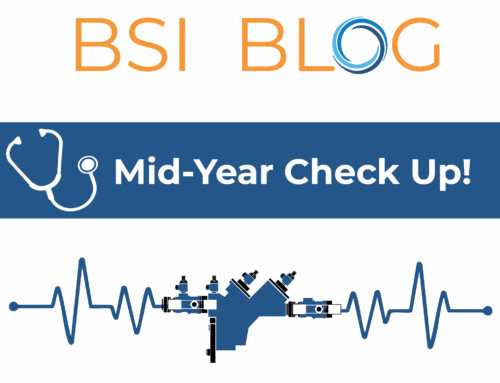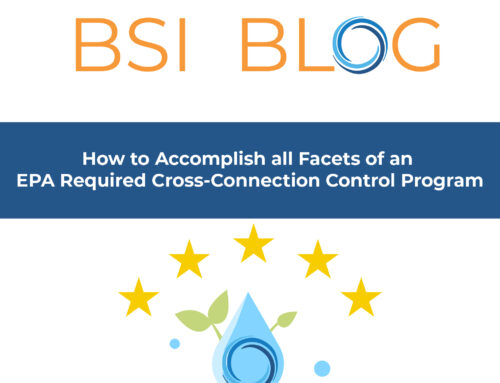Part 2, 20th Century Cross Connection
In Part 1 of this series, we took a quick look back at the beginning of water systems and what eventually led up to the need for Cross Connection Control. Let’s dive in deeper with the developments that brought this industry to where we are today.
Prior to the Worlds Fair backflow incident in 1933, Henry B Davis was the Chief Plumbing Inspector for Washington DC. He envisioned the need for standardized plumbing practices throughout the United States. In January 1906, he invited 25 plumbing inspectors from across the country to meet in DC and discuss this possibility. As a result, the American Society of Inspectors of Plumbing and Sanitary Engineers was born. With the motto “Prevention Rather Than Cure”, this organization sought out ways to improve the performance, reliability and safety of plumbing systems. Eventually becoming ASSE International, they set the product performance standards for the plumbing industry that we know today.
Beginning in 1930, rudimentary pressure vacuum breakers were being designed and developed in the Los Angeles area. Double check assemblies followed shortly thereafter. In the 1950s, the design of the double check became more of what we see today. It was the main backflow assembly being used until the develop of the RPZ and high hazards were defined.
The organization that really delved into the research and development of the backflow assembly design was the Foundation for Cross Connection Control and Hydraulic Research at the University of Southern California (FCCCHR). In 1943, a supply ship was discovered to have harbor water in its potable water tanks. An investigation determined that there was an unprotected cross connection between the city water supply and the harbor water. A group of concerned individuals approached USC asking for unbiased research into the situation. After several conferences and an agreement with the University, the FCCCHR was created in 1944. After a laboratory was funded, the FCCHR began development of the backflow prevention standards and definitions we know today. In addition, FCCCHR lab tests and approves the backflow prevention assemblies used throughout the country.
In 1945 the first Uniform Plumbing Code was created and in 1956 the first Standard Plumbing Code was developed. Over time the Standard Plumbing Code changed names and became the International Plumbing Code. Today, these two standards are used primarily throughout the United States for plumbing standards in their jurisdiction. At this point, all water quality regulations and cross connection regulations specifically, were regulated and enforced on the local and maybe state levels. That changed in 1973 when the United States EPA released their first Cross Connection Control Manual and followed in 1974 with the passage of the Safe Drinking Water Act (SDWA).
The SDWA 1974 is federal law designed to protect the public drinking water supplies throughout the country by setting standards for drinking water quality. Contrary to popular belief, the SDWA 1974 does not mandate cross connection regulations and does not even mention cross connection control or backflow prevention assemblies explicitly. Instead, the federal EPA produces guidelines for the states to adopt, regulate and enforce.
Although initially created in 1881, it wasn’t until 1976 that the American Water Works Association (AWWA) changed its mission to creating “a better world through better water”. Today, the AWWA joins FCCCHR in creating the standards for cross connection control and backflow prevention testing and installations.
Coming up in Part 3, Today and Looking Forward, we will look at the current state of the cross connection industry and what it all means.










